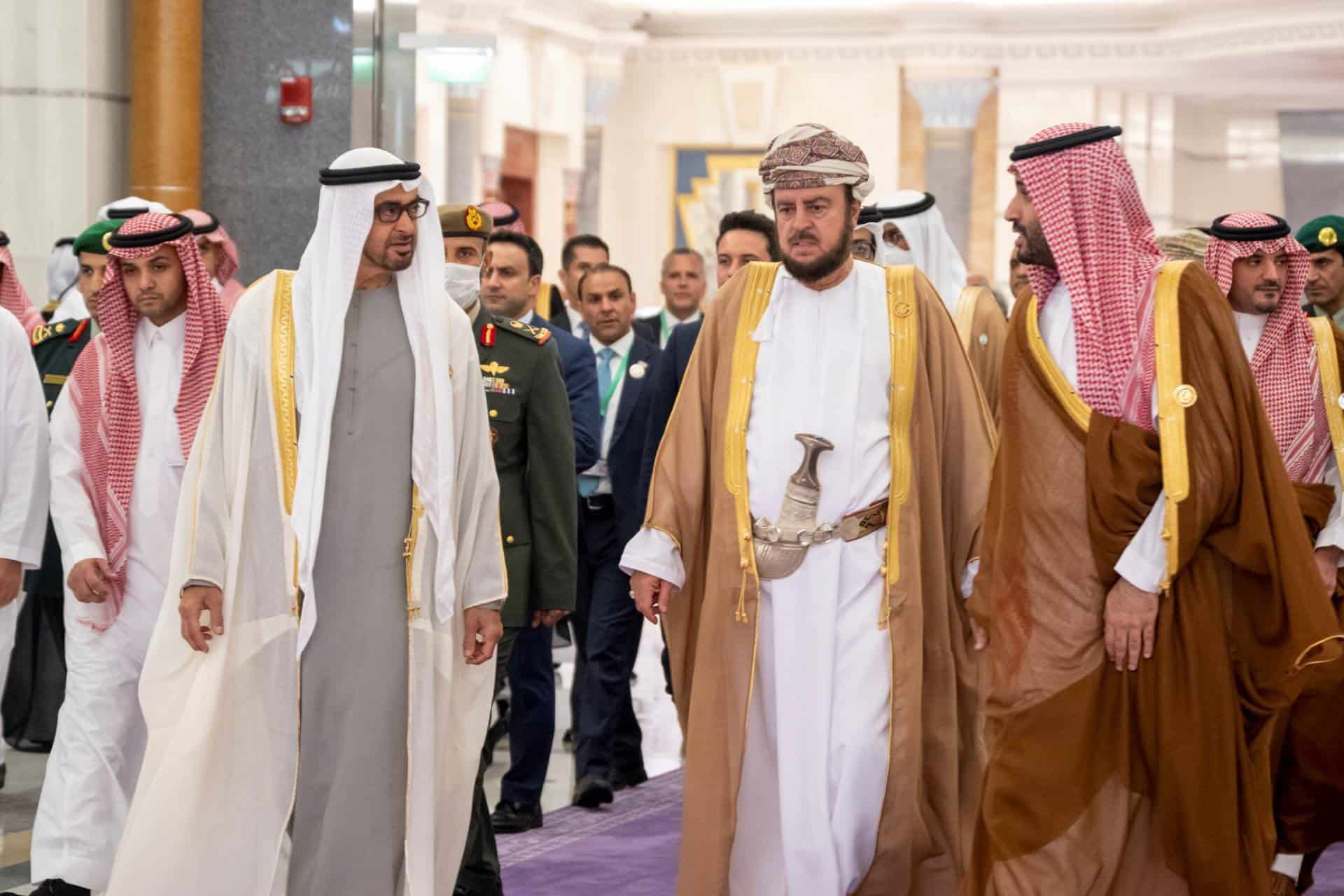Asia is at the center of the current shift in economic power worldwide. The Gulf region, geographically located in Asia, is gaining prominence in this shift. The distribution of financial (and maybe strategic) management during the next decade will be primarily determined by the quality of these connections between nations and organizations.
Although GCC-Asia trade has been active for centuries, the volume of that trade has increased dramatically during the past decade while business ties between the Gulf States and the West are weakening. This shift might have far-reaching consequences for international trade as Asia is projected to become the GCC’s leading trading partner by 2030.
GCC exports
BDSwiss CEO MENA, Daniel Takieddine, cited to TRENDS that “GCC’s exports to Asia are mainly constituted from commodities with predominantly oil products and their derivatives, as well as natural gas, in the case of Qatar.”
He also mentioned that China is the largest oil importer in the world and relies on the region for more than a third of its supplies. Other countries like India and Pakistan import even more heavily from the area.
David Wang, founder, CEO, and Chairman of MIE Groups Dubai, mentioned that “GCC mainly exports mineral products (oil and natural gas).” In addition to the chemical industry and its related products (organic chemicals in the petrochemical industry), plastics and their bi-products, base metals and bi-products (steel, copper and associated products)”.
He added in an interview with TRENDS: “Some of these are mineral fuels, mineral oils, and their products; Asphalt accounts for 91.3 percent of Oman’s exports to China, while Saudi Arabia and the UAE account for 73.8 percent and 71.2 percent of their exports to China. Most countries in the Middle East mainly export oil and gas products and related petrochemical
products to China”.
Imports and investments
On the other hand, electrical and video equipment (mechanical and electronic equipment), automobiles, airplanes, ships, and shipping equipment (vehicles), optical and medical instruments (medical equipment), and many other goods make up the bulk of imports (furniture, bedding, and lamps).
About half of all Middle Eastern imports from China are used in mechanical and electrical equipment, as Wang explained.
Moreover, GCC invested in several fields in Asia, such as:
- Agriculture and food
- Financial services and fintech
- Transport and logistics
- Retail and e-commerce (excluding food)
- Healthcare
- Industry and energy
- Professional services and marketing
GCC has invested heavily in Asia with an eye on protecting its petrochemicals and oil exports in the future. Also, the Gulf Cooperation Council is beginning to engage in ASEAN growth industries like financial technology, electronic commerce, and logistics.
UAE-based B2B e-commerce service firm Distichain set up shop in Singapore in 2020, while Saudi Arabian financial startup Tamara launched in Vietnam.
By acquiring a majority stake in an Indonesian bank in 2011, Qatar National Bank (QNB) was able to establish PT Bank QNB Indonesia and address the growing demand for financial services in the region. As a result, QNB’s investment in the region’s development over the previous few years has not slowed.
Last but not least, several GCC countries hope to synchronize their national economic growth plans with Asian projects, especially those supported by China’s Belt and Road Initiative (BRI). One example is the Saudi 2030 Vision, while another is Kuwait’s 2035 Vision.








